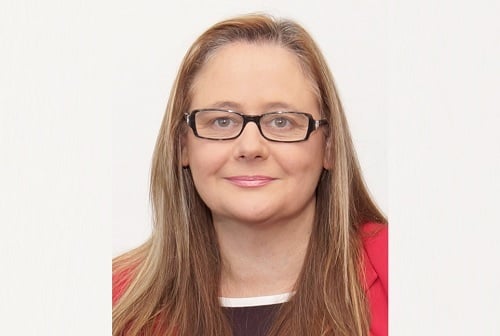

The Australian class action environment is currently seeing unprecedented activity with cases launched against a cohort of major names in the past few weeks alone.
Unsurprisingly, securities class actions have also seen a notable jump as litigation funders become more common in Australia, making access easier for shareholders.
“The chance of an Australian company facing a class action is now a significant business risk,” says Colleen Platford, a partner with Gilbert + Tobin law firm. “There has been significant growth in class action claims as a result of the growth in share market investment, the rise of litigation funding and a sophisticated approach by plaintiff law firms.”
As brokers will already be aware, the volatile environment is having a major impact on insurers’ appetite when it comes to D&O insurance and premiums have been on the rise for some time.
According to a recent Aon report, ASX200 firms experienced a median 122% increase in primary premiums in the second half of last year, following an 89% gain in the first six months.
In fact, one of the most experienced brokers in the field says the D&O space hasn’t seen such a degree of upheaval since the 1980s – and there’s no sign of it returning to the status quo any time soon.
“I’ve been directly involved in the area of D&O insurance for 35 years and I’ve seen a lot of change over that time,” says Julie Hamilton (pictured), national D&O practice leader for Aon Risk Services. “The most transformative changes have been in the late 1980s, when there was a real increase in claims arising from the excesses of the era, and now.”
With three sides to every D&O policy, Hamilton says it is side C – which provides cover to a company in respect of claims brought by shareholders in regard to the purchase and sales of securities – which is currently subject to substantial claims activity.
“There’s been quite a substantial increase in the number of litigation funders operating in Australia in the last few years and there’s currently around 26 open class actions – that’s excluding the competing class actions – and another nine or 10 under consideration,” says Hamilton.
Hamilton estimates the average cost of a securities class action settlement at around $50 million – with defence costs in addition to that. However, the Australian premium pool was estimated to be around $250 million in 2017.
“Those open class actions could exceed $1 billion, depending on how they progress,” says Hamilton. “So, it’s fairly clear that insurers are under a significant profitability pressure.”
Of course, with insurers losing appetite, Hamilton says brokers have an opportunity to demonstrate their value-add to clients, before it reaches claim time.
“When the environment is a little bit more challenging, it provides us with the opportunity to showcase our skillset and help clients secure exceptional outcomes that may not be possible to achieve without that same level of experience,” says Hamilton.
